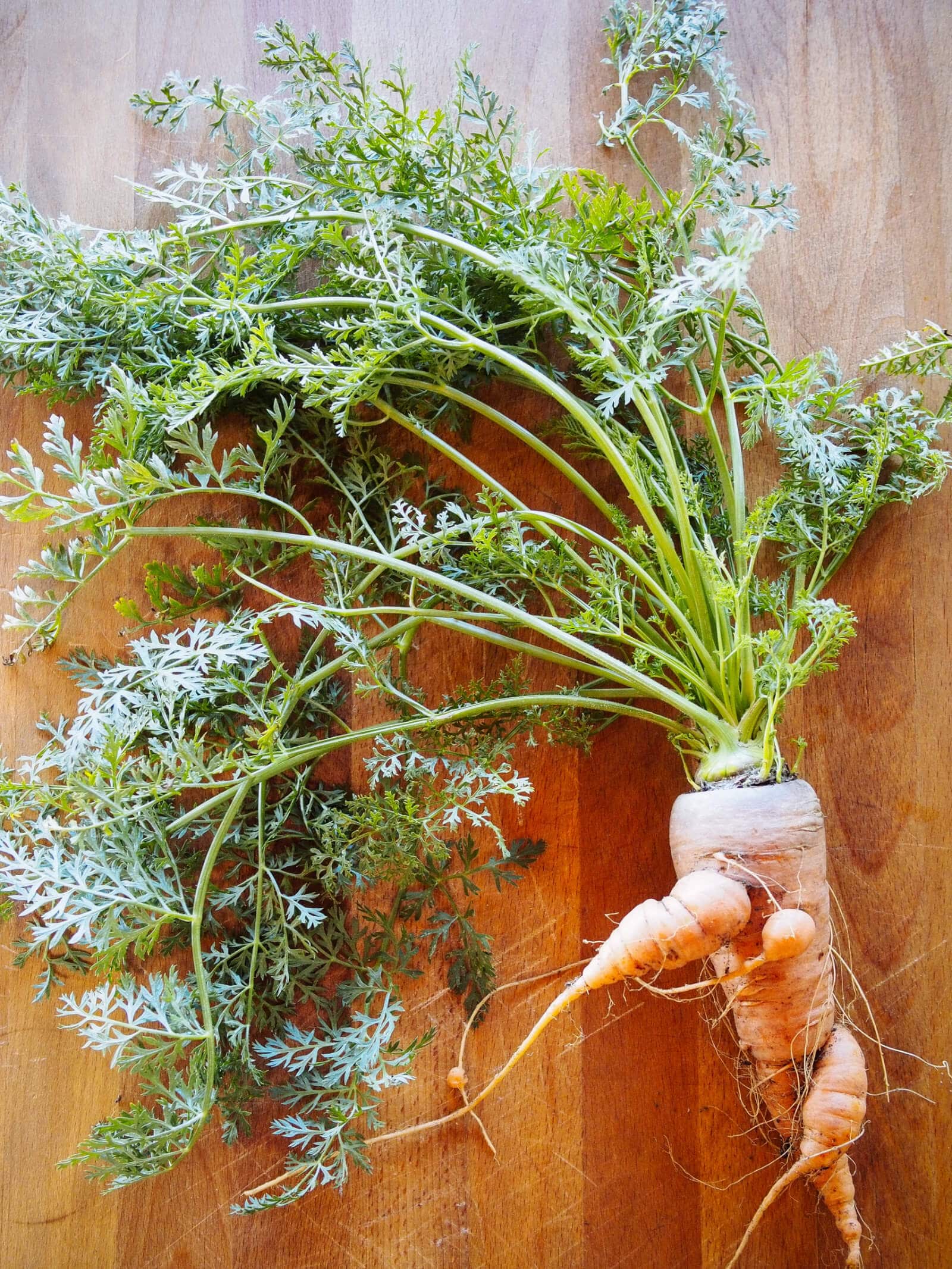Ever since my carrot top salsa recipe was posted, suggesting that you can eat carrot tops, I’ve received tons of emails asking if (or even insisting that) carrot tops are poisonous.
So I’ll just get right to the point: No, they are not poisonous, and yes, carrot tops are edible.
Unfortunately, the popular myth of carrot tops being toxic has been perpetuated through continual hearsay and personal anecdotes. I have yet to find any scientific study that says, once and for all, carrot tops will kill us.
(After all, I’m still here despite making bottomless jars of carrot top salsa and using carrot tops in my salads and soups… as are my loved ones.)
Related: Propaganda Told Us Carrots Can Improve Eyesight—Here’s the Truth
Much of this ballyhoo originated from a 2009 New York Times blog post where the author (who even admitted to eating his own carrot tops but lived to tell about it) presented no actual evidence that they might be toxic, and whose sole source did not even claim that carrot tops were toxic.
To quote directly from the post, “The young greens I’d ingested may have been harmless […] But a few of the carrot’s close relatives are not to be trusted.”
(Emphases are mine.)
So there you have it. That post was not about the toxicity of carrot tops at all, despite having a sensationalist title of “The Toxic Salad.”
But the rumors persist, so I thought I’d bust the most common myths I’ve seen online in the hopes that people will share the knowledge and not be afraid of these delicious and underused greens!
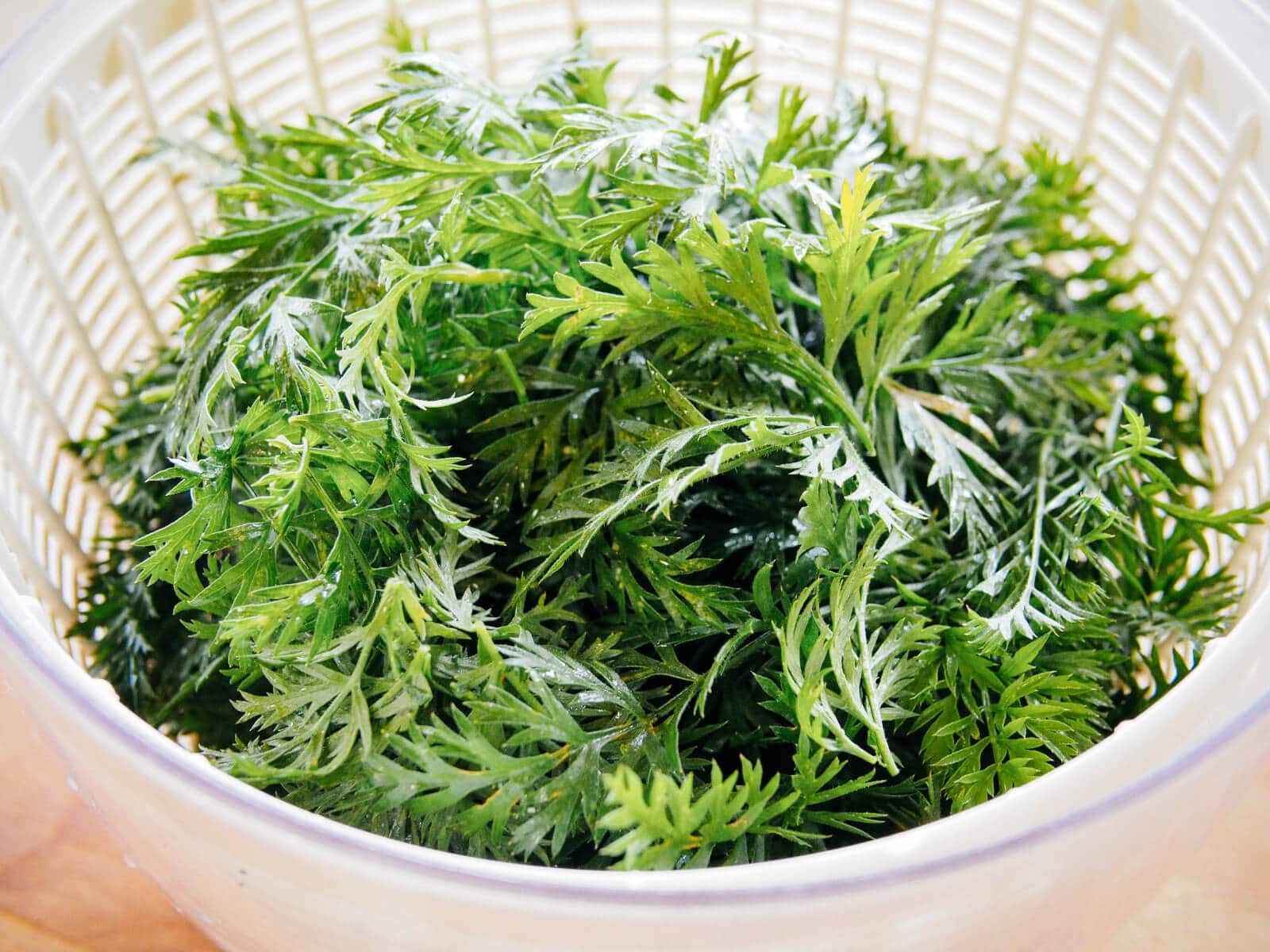
Learn more about what you can eat from the plants you grow or buy.
My book, The No-Waste Vegetable Cookbook, is a great place to start to find out how you can go zero waste (or close to it) in the kitchen, simply by knowing what you can or cannot eat from common vegetables like carrots, squash, and beans.
(Would you be surprised if I told you bean leaves are also edible? They are—plus many more plants in your garden. In fact, knowing how to use the entire plant is one of my favorite lazy gardening strategies for getting more out of a garden with less work.)
Stop tossing out perfectly good food and start using it in your recipes!
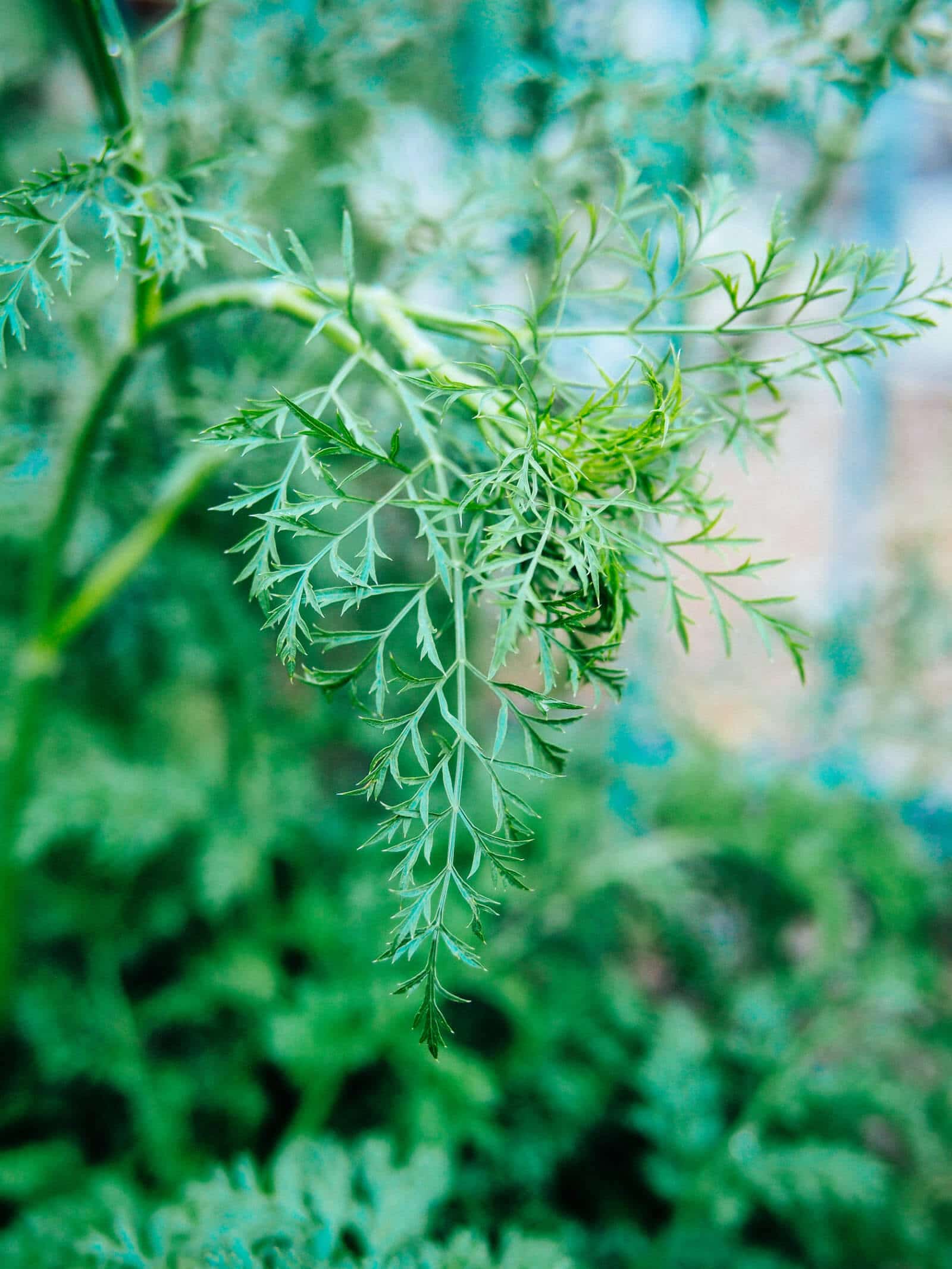
Myth #1: Carrot greens contain alkaloids (which are toxic bitter compounds produced by a plant) and all alkaloids are bad because substances like caffeine and cocaine are alkaloids.
Surprise—all leafy greens (including “good for you” greens like spinach and kale) contain varying levels and types of alkaloids, some higher than others.
Alkaloids are chemical compounds believed to be part of a plant’s defense mechanisms.
Our beloved brassicas and nightshades all contain tropane alkaloids (a class of plants that includes cocaine) and you might be surprised to learn that nicotine is naturally present in cauliflower, tomatoes, potatoes and eggplants.
In fact, eggplants have some of the highest levels of nicotine in the nightshade family—but you needn’t panic, as you’d have to eat over 20 pounds of eggplants in one sitting to ingest the same amount of nicotine found in a cigarette.
If you’ve ever wondered why chocolate always makes you feel so good, that’s because it contains another alkaloid, theobromine, which works as a mild stimulant.
All said, alkaloids are found in many of our foods but not in amounts that are actually effective, and not all alkaloids are even toxic. But if consumed in gross quantities, anything—even water—can become “toxic.”
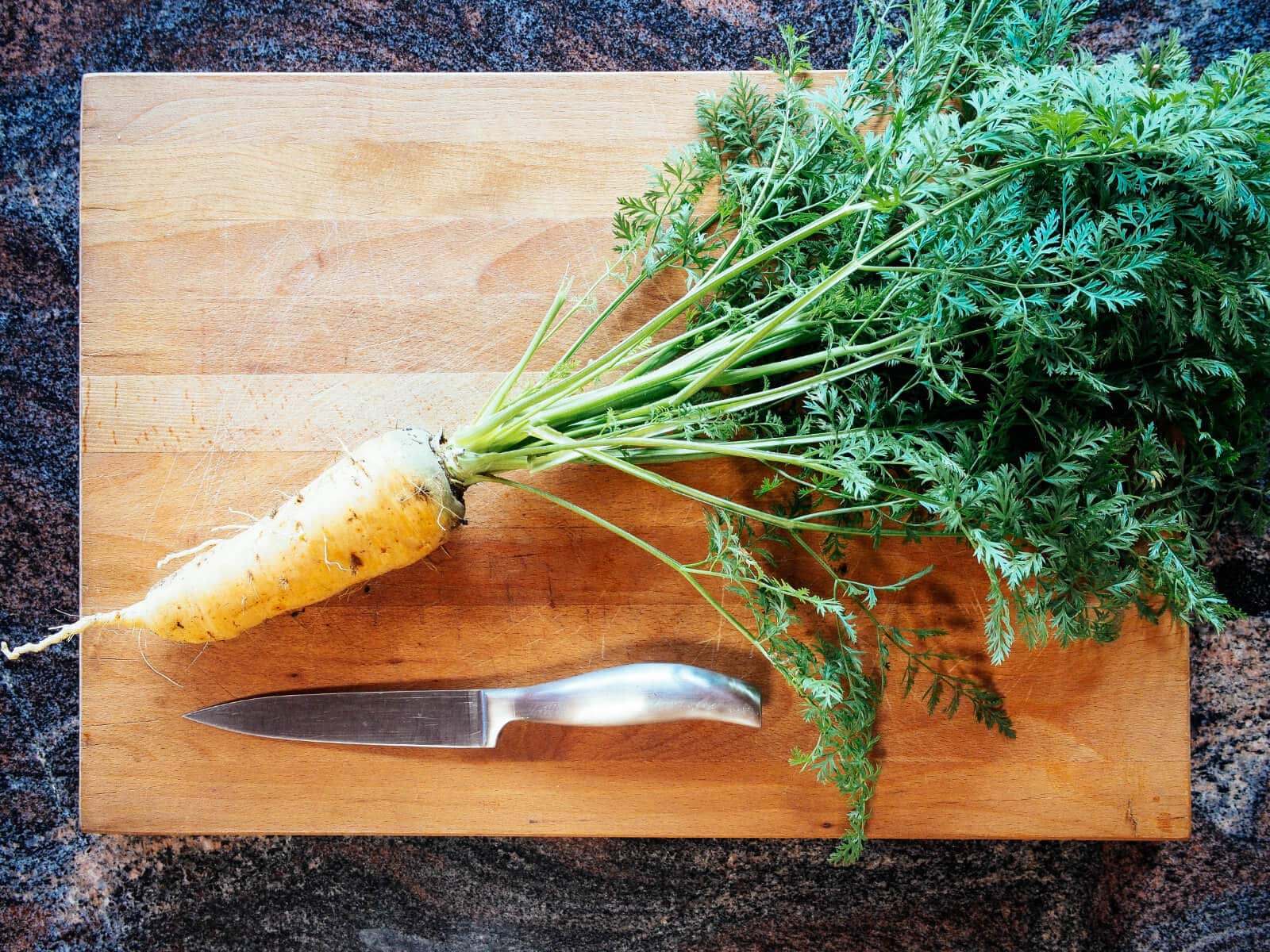
The key is consuming in moderation. Different bodies handle foods in different ways.
You can juice carrot tops and reap the benefits of all their nutrients. But, it’s probably not a good idea to juice an entire head of those carrot greens in your smoothie (and your tastebuds wouldn’t want you to), just as it’s not a good idea to eat spinach salads every day.
In fact, people who go on green juice diets are often advised to rotate their greens frequently in the rare event their bodies start accumulating the same alkaloids (which could lead to adverse reactions).
This is not to say you should stay away from greens at all; just eat a good variety of them so you get lots of different alkaloids in different quantities.
(In case you’re curious, the alkaloids found in carrot tops are pyrrolidine and daucine.)
As for the misconception that bitterness means it’s bad for you—quite the contrary. Carrot tops are indeed bitter, but that is not an indicator of them being good or bad health-wise.
Bitterness is a subjective taste that’s passed down in your genes. (And if bitterness equated to bad, I’d surely miss my collard greens, brussels sprouts, radicchio, and arugula!)
Let’s give this first myth a bust. Moving on…
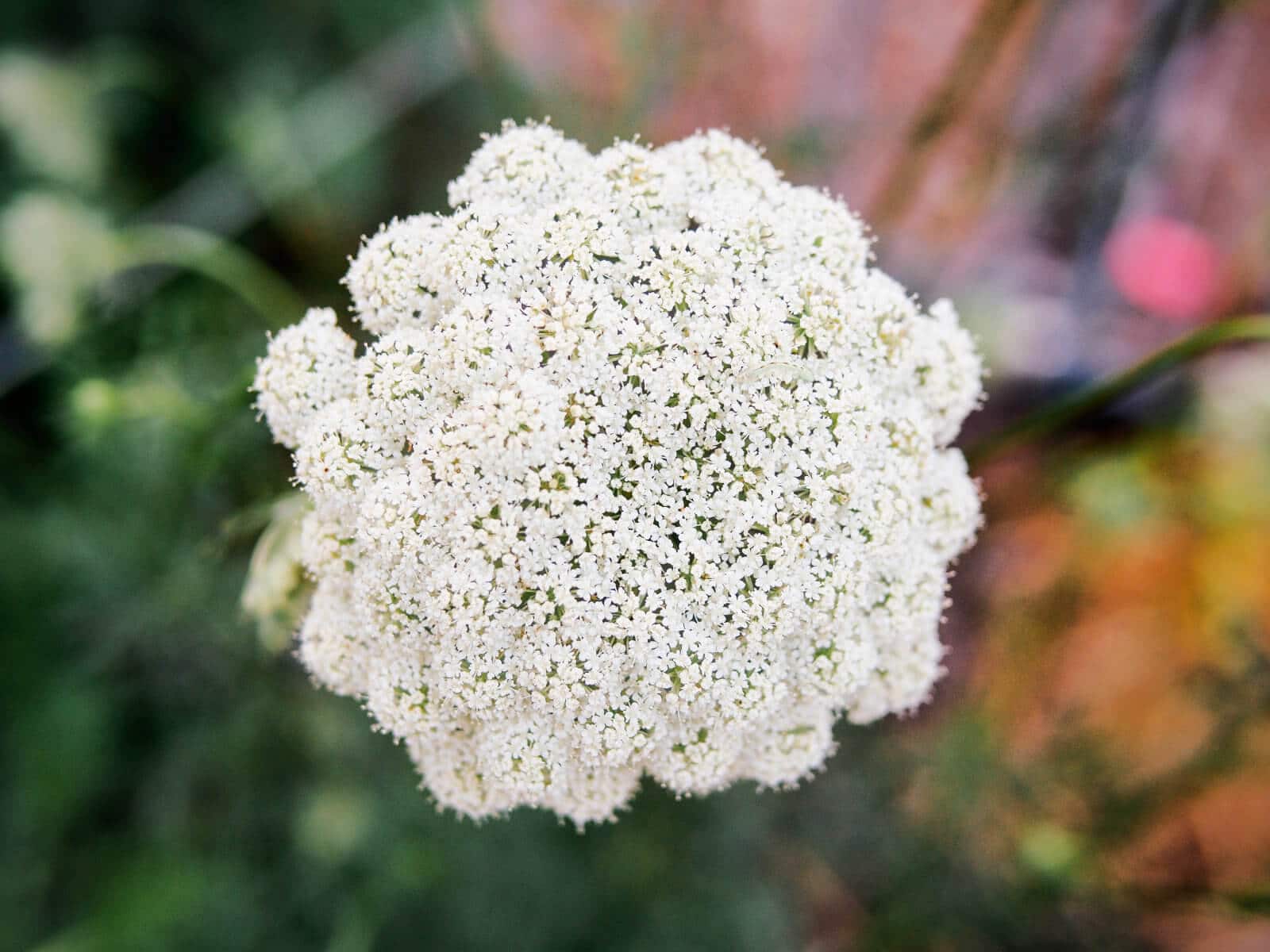
Myth #2: Carrots are related to Queen Anne’s lace and hemlock, which are poisonous.
It’s true that the modern carrot (Daucus carota subsp. sativus) was cultivated from Queen Anne’s lace (Daucus carota), an ancestor of the vegetable.
The lineage is most apparent when both plants are in bloom. Carrots and Queen Anne’s lace have delicate, umbel-shaped flower heads that look like umbrellas.
This characteristic is shared by other members of the Apiaceae family, which includes carrots, Queen Anne’s lace, parsley, dill, and fennel (all of which are bee-friendly flowers, by the way).
The taproot of today’s Queen Anne’s lace is actually edible, but it won’t taste anything like the carrot root you’re used to, which has been bred over centuries to be fleshier and sweeter.
Queen Anne’s lace is not poisonous, and you can eat the roots, leaves, flowers, and seeds (though they’re not likely to be tasty).
The problem here is that the foliage and flowers of carrots and Queen Anne’s lace closely resemble poison hemlock (Conium maculatum), which grows wild as a weed and contains toxins that can cause respiratory failure if eaten.
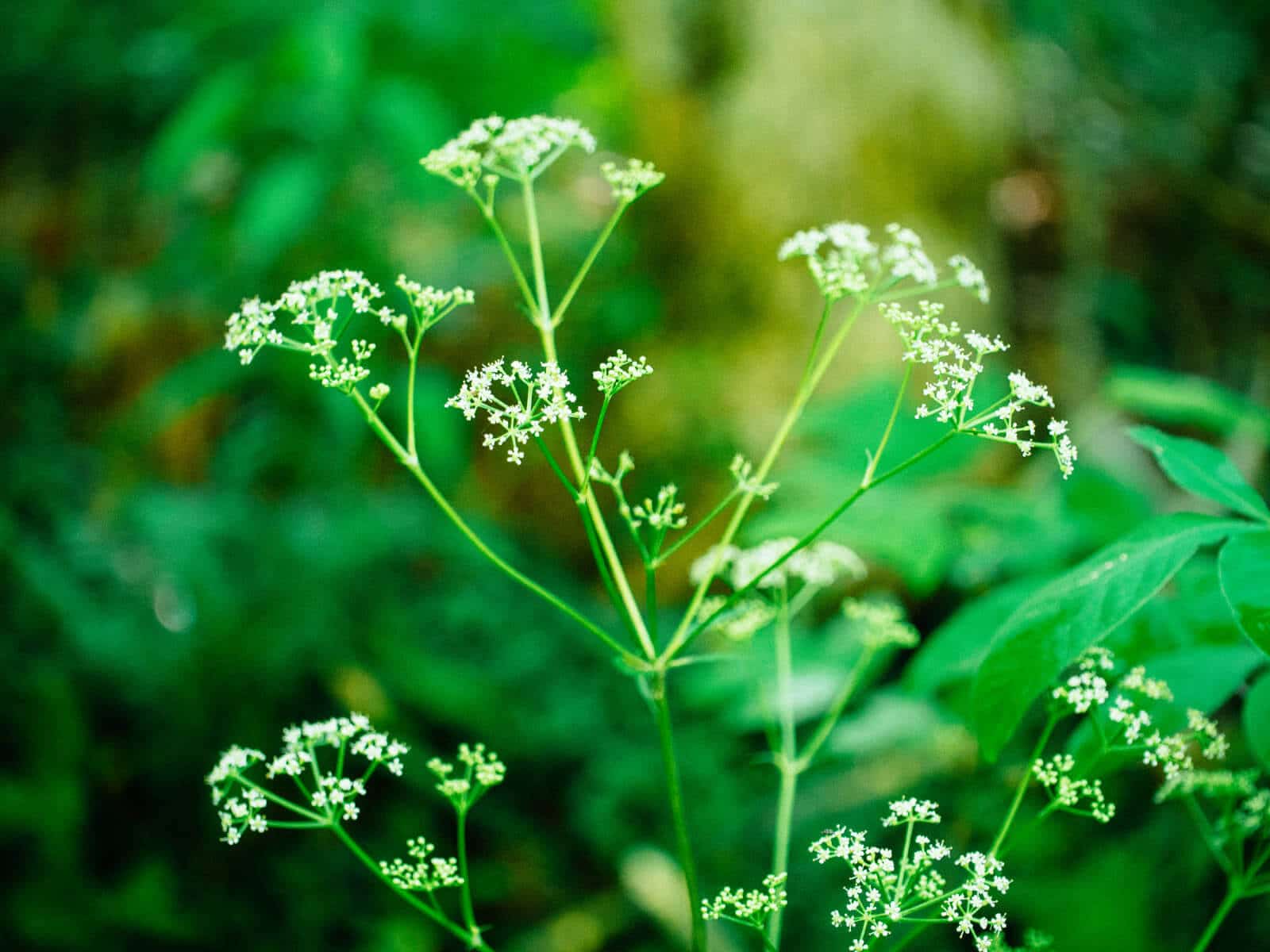
Since the olden days, Queen Anne’s lace has been used medicinally for everything ranging from urinary tract problems to experimental treatments for cancer.
Even today, some herbalists consider the seeds to be a potential natural contraceptive (though you would have to eat a certain amount of seeds every day for a specific period to see this effect).
Queen Anne’s lace also looks a lot like wild parsnip (Pastinaca sativa), another noxious weed. The leaves of wild parsnip contain chemical compounds in the sap called furocoumarins, which cause certain people’s skin to react in sunlight.
Some reactions are more severe than others, ranging from a mild itch in the sun to heavy blistering of the skin. (The root of wild parsnip, on the other hand, is safe and edible.)
Despite all of them belonging to the same family (Apiaceae, known as the parsley family), a distant relation to poison hemlock does not make carrot tops, Queen Anne’s lace, or wild parsnip poisonous.
The lesson here? Don’t go picking wild plants that look like carrots.
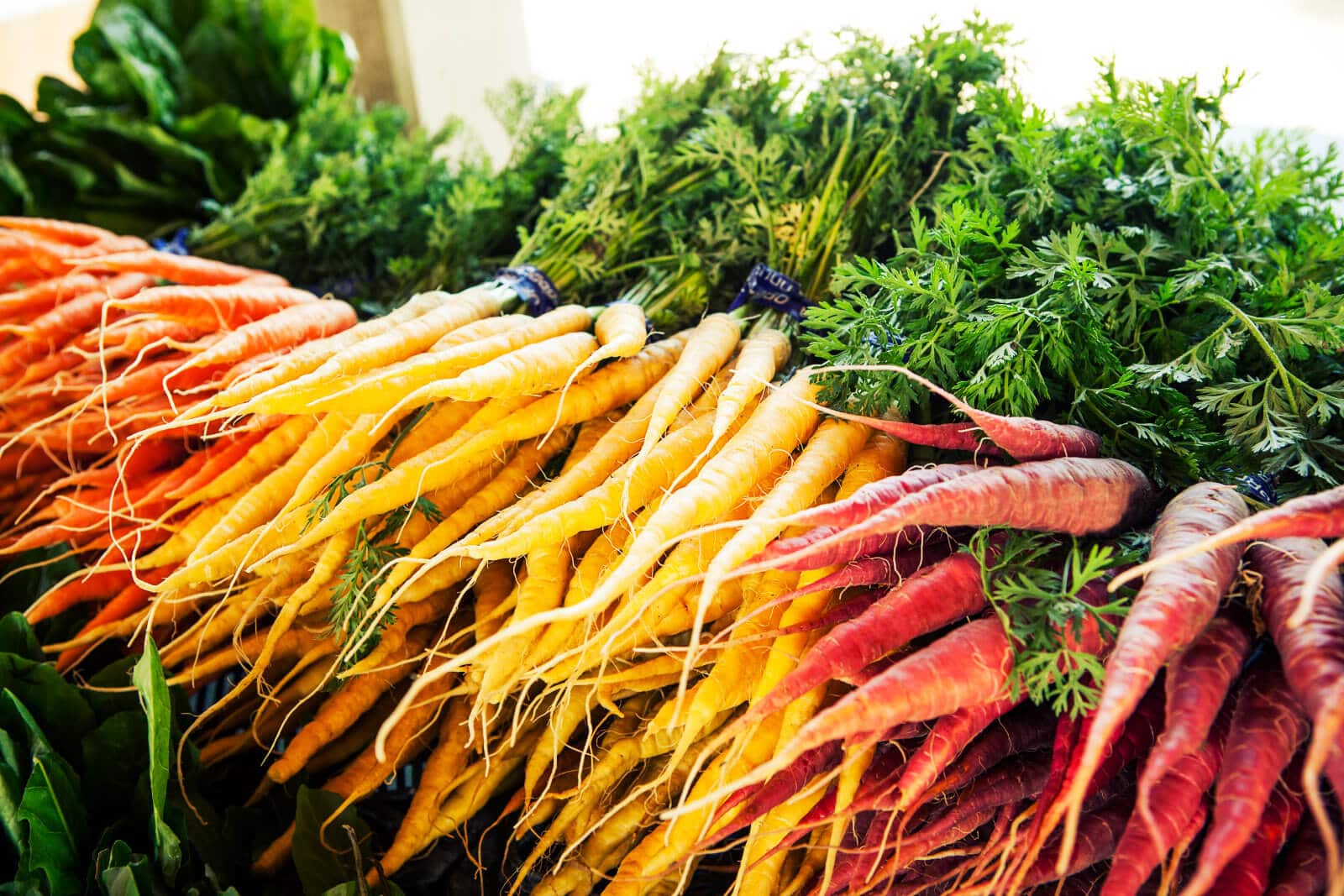
Myth #3: Supermarkets don’t sell carrot tops, so they must be poisonous.
Many supermarkets do sell carrots with the leaves attached (though they usually don’t look attractive enough to eat) and most farmers’ markets sell them as well.
The reason we don’t find carrot tops more often is because even after they leave the ground, the leaves continue to draw moisture and energy from the root, so they’re removed to preserve the carrot.
(Side note: If you grow your own carrots at home, always cut the leaves off after harvest and store them the same way you’d store salad greens.)
Judging by the looks of supermarket carrot tops, this might be a packaging and transportation issue as well, since they tend to be a bit raggedy by the time they reach produce shelves.
In short: Don’t let a lack of commercial availability steer you away from eating carrot leaves.
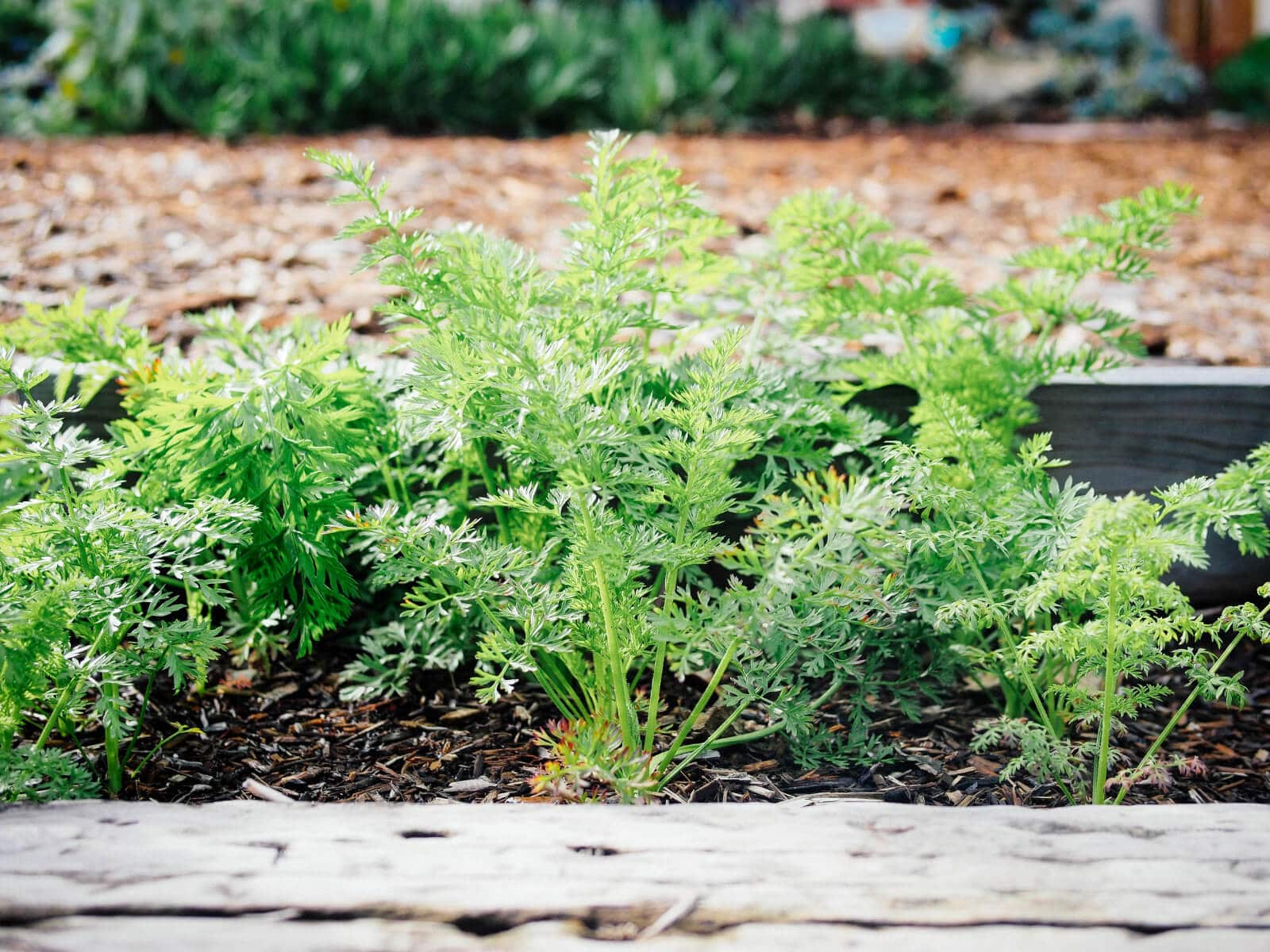
Myth #4: There have been accounts of people getting sick from eating carrot greens.
This is entirely possible and probably even true. It’s also possible and probably true that these people have either an allergy or an intolerance to carrot greens.
There’s an important distinction between food allergy versus food intolerance.
Food allergy causes an immune system response to a particular food protein. The immune system overreacts and interprets the food as harmful, resulting in itching, swelling, trouble breathing, and even death in extreme cases.
Food intolerance occurs when the body lacks an enzyme to process a particular food, causing unpleasant symptoms like nausea, abdominal cramping, or acid reflux. These are not immune system responses and are not life-threatening.
Another reaction with similar symptoms is food poisoning, which is caused by bacteria or toxins. This may be possible with commercial carrots that have been heavily sprayed with pesticides (since the leaves are most affected), but likely not a problem with organic or homegrown carrots.
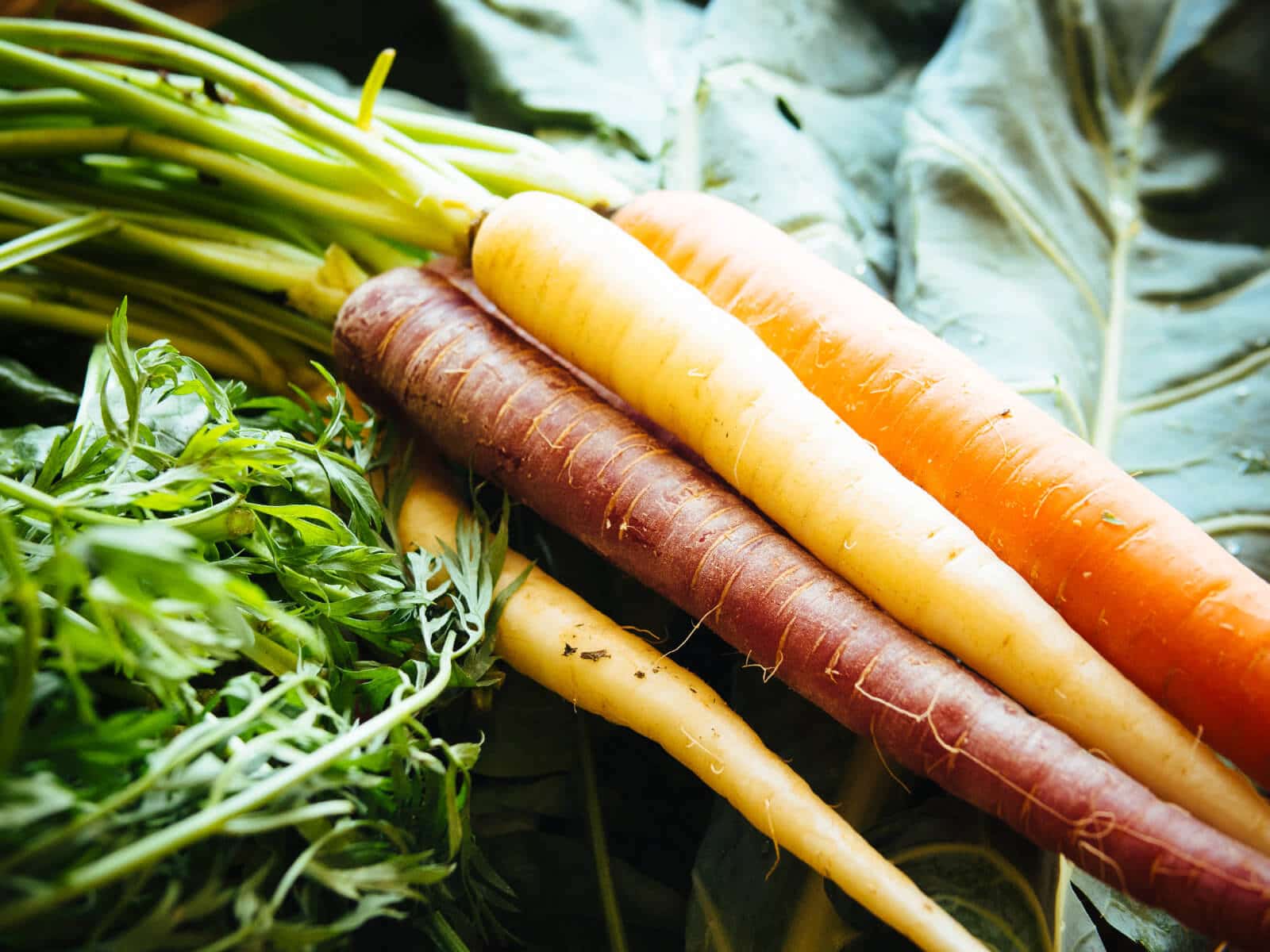
A true food allergy to carrots is uncommon, but an interesting reaction called oral allergy syndrome (OAS) can occur in people who are allergic to birch pollen and mugwort pollen.
The major allergen in carrots, a protein called Dau c 1, is so similar in structure to the molecules in birch pollen and mugwort pollen that the body can’t tell the difference.
That means if you have an allergy to either, eating carrots or carrot greens can trigger a reaction in the form of itching or swelling of the mouth or throat.
According to WebMD, the symptoms of OAS become less severe when you cook the trigger food because heat alters the offending protein.
All this basically means a person could have an unexpected cross-reactive allergy, food allergy, or food intolerance to carrot greens (as one might have with dairy or wheat)—but that does not make them poisonous.

Myth #5: But there has to be a good reason why we (as in we in the US) don’t eat carrot tops!
Why carrot tops are generally not eaten in our culture is a mystery to me (though they’re considered a market vegetable in many parts of Europe).
I’ve posed this same question when it comes to broccoli greens, which are very edible and delicious (but never seen in the store).
Same goes for fava bean leaves, kale buds, radish seed pods, and the broad outer leaves of cabbage; I consider them a wonderful bonus of growing your own food.
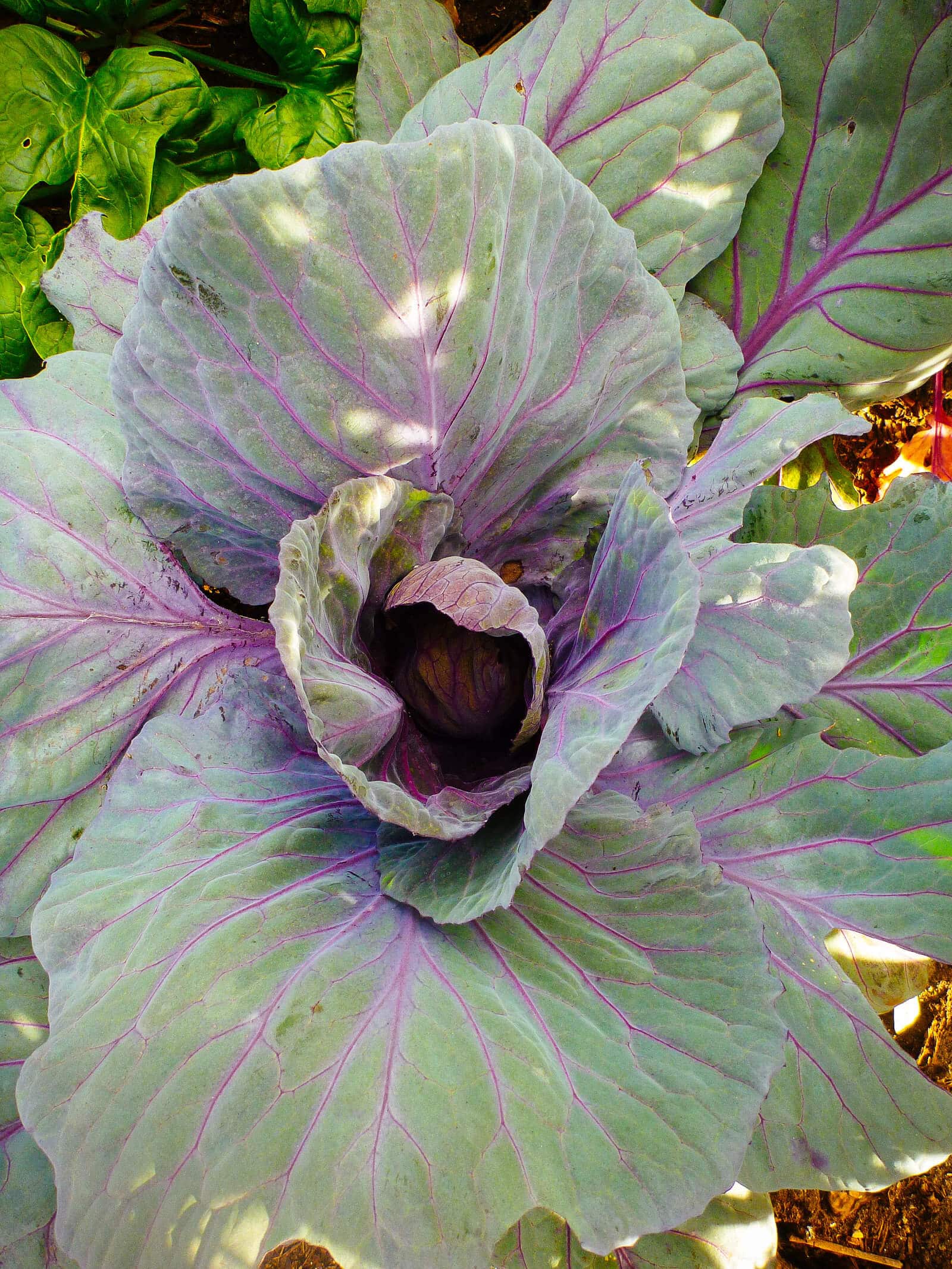
Just because these plants are not culturally popular in the kitchen does not mean they’re not nutritious or can’t be eaten.
In fact, the leaves of root vegetables tend to be loaded with more phytonutrients than the roots themselves, and I always encourage people to reduce their waste and learn how to cook the unusual (but edible) odds and ends of their produce.
I’d guess it has to do with taste, as the flavor and texture of carrot tops can take some getting used to… if all you’re used to are the tasteless, tender iceberg lettuces from the store.
(Even though icebergs are laughably low in flavor and low in nutritional value, they’re the most popular lettuce in the US—which says something about our society!)
I consider carrot tops to be more of an accent and use them that way to add depth to a recipe. Carrot tops taste like a very concentrated carrot: somewhat bitter, earthy, and herbaceous.
You can eat carrot tops raw in salads, wilt them into soups, braise them with a flavorful roast, saute the greens in a little oil and garlic with other vegetables, or stuff a few sprigs of carrot tops into sandwiches.
I especially like carrot tops in a rich, meaty stew or sprinkled over lighter dishes as a garnish, the way you’d use parsley. (Carrot tops do make a decent substitute for parsley in a pinch.)
To get past the texture, the leaves should be de-stemmed and chopped up finely. Beyond that, you can eat carrot tops however you’d like—and rest assured you’ll still be standing the next day!
Common questions about carrot leaves
What do carrot leaves taste like?
Carrot leaves (also known as carrot greens or carrot tops) have an earthy “root vegetable” type of flavor, not unlike carrots themselves. Depending on the variety (and other factors such as time of year harvested), carrot leaves might have a slight bitter or herbal flavor.
Personally, I think carrot leaves taste like a cross of carrots and parsley, and they’re especially delicious when paired with strong, savory or tangy sauces.
How do you store carrot leaves?
Like all other root vegetables, the leaves should be removed from the roots as soon as you bring your carrots home. That’s because after harvest, the roots continue to draw energy from the leaves, rendering them limp and lifeless. (This is mostly an aesthetic issue, however—limp greens are still perfectly okay to eat, especially if you plan to cook them anyway.)
To keep your greens nice and crisp, make sure you cut off the leaves (leaving an inch or so on the carrot) and store them in a plastic bag, tightly sealed, or wrapped in a damp kitchen towel in the fridge. The carrots themselves should be stored separately in the crisper drawer. Here’s my guide on best practices for vegetable storage at home.
How do you prepare carrot tops for cooking?
Strip the tender leaves from the carrot stem and use them the same way you’d use parsley in a recipe: as an accent or garnish, coarsely chopped or finely minced (depending on preference). Discard or compost any tough stems, or use them as flavoring when making vegetable stock.
View the Web Story on edible carrot tops.
This post updated from an article that originally appeared on July 11, 2013.


